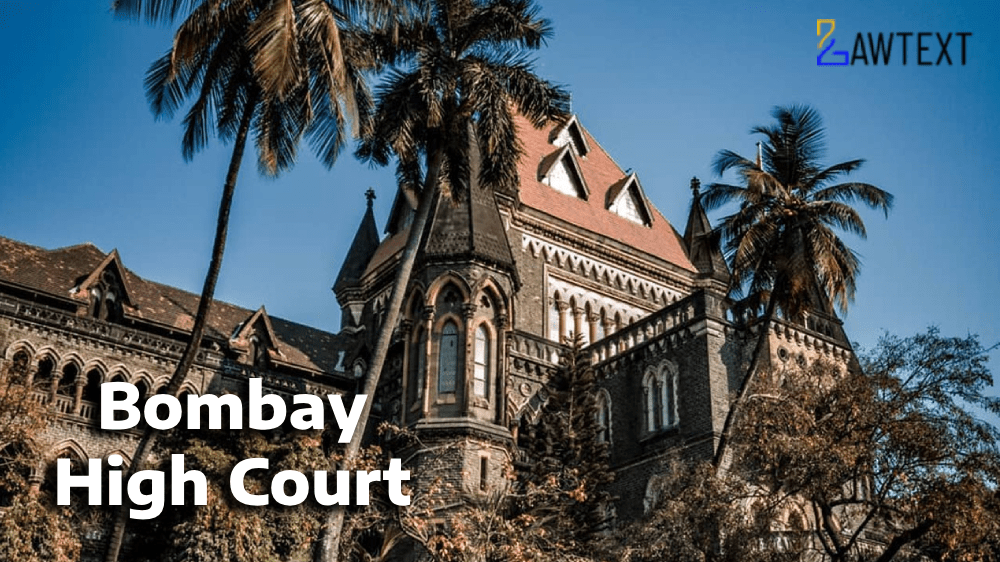

The Bombay High Court, in its judgment dated 1 July 2024, allowed the petitioner’s application for amendment in a suit for specific performance. The trial court had rejected the amendment application on the grounds of complicating the matter. However, the High Court held that the amendment was essential for bringing on record subsequent developments and would help avoid multiplicity of proceedings. The court also relied on several Supreme Court judgments emphasizing a liberal approach towards amendments.
1. Introduction and Petitioner’s Case (Paras 1-5):
The petitioner filed a writ petition challenging the trial court’s rejection of an amendment application. The suit was for specific performance of an agreement dated 29.03.2008, under which the petitioner had paid 90% of the sale consideration and was given possession of the property. However, the defendant subsequently transferred the property through a gift deed to his son and later sold it to a third party, Julekha Kazi.
2. Injunction and Defendant’s Actions (Paras 6-7):
An injunction order was passed in favor of the petitioner on 19.05.2020, restraining the defendant from disturbing the petitioner’s possession. Despite this, the defendant gifted the property to his son and further sold it to a third party. The petitioner sought an amendment to bring these facts on record and to implead the transferees in the suit.
3. Trial Court’s Rejection and Petitioner’s Amendment (Para 4):
The trial court rejected the amendment application, stating that it would complicate the matter. The petitioner’s amendment was intended to reflect subsequent developments, including the transfer of property.
4. High Court’s Analysis (Paras 6-9):
The High Court held that the amendment was crucial to determine the complete issues between the parties and would avoid the multiplicity of proceedings. The court referred to the principles laid down by the Supreme Court in Sampath Kumar v. Ayyakannu and Dinesh Goyal v. Pappu, emphasizing that amendments should be allowed if they are necessary to decide the real issues and if they prevent multiple suits.
5. Conclusion and Directions (Paras 10-12):
The court set aside the impugned order and allowed the petitioner’s application for amendment. The Trial Court was directed to set a time frame for the petitioner to carry out the amendments.
The High Court’s decision was based on the principle that amendments should be allowed when they reflect subsequent developments in the matter and prevent the filing of multiple suits. The court emphasized that a hyper-technical approach must be avoided, and the amendment should be allowed when it helps to determine the real issues between the parties. Costs can compensate the opposing party in such cases.
Amendment in Specific Performance Suit, Transfer of Property Pendente Lite
Amendment of Pleadings, Specific Performance, Multiplicity of Proceedings, Transfer of Property, Civil Procedure Code
Citation: 2024 LawText (BOM) (9) 274
Case Number: WRIT PETITION NO. 3214 OF 2024
Date of Decision: 2024-09-27
Case Title: Ashok Balu Hore Versus Bhupal Neminath Navale
Before Judge: M.S. Sonak, J.
Advocate(s): Mr Bhushan Walimbe, for the Petitioner
Appellant: Ashok Balu Hore
Respondent: Bhupal Neminath Navale